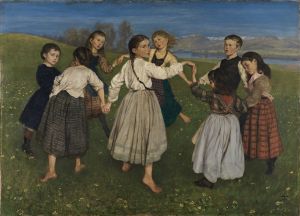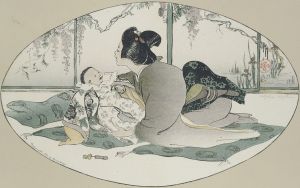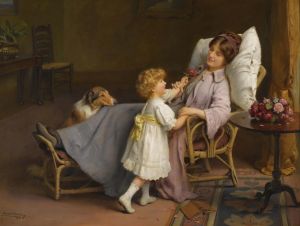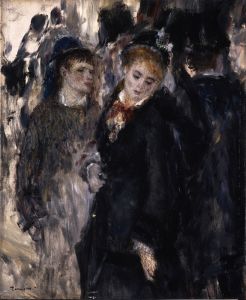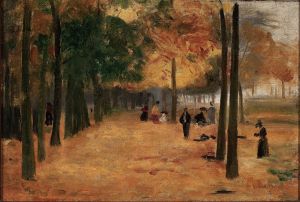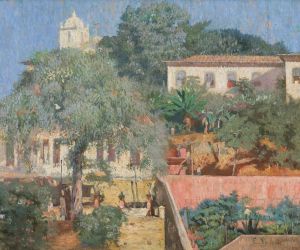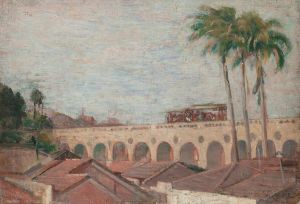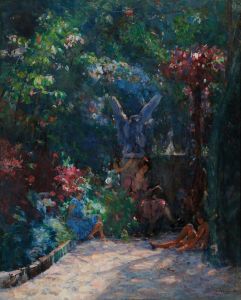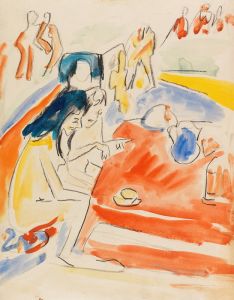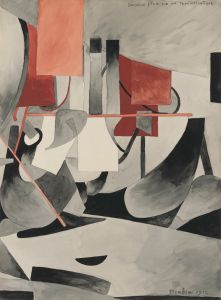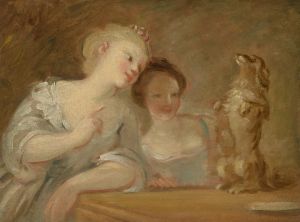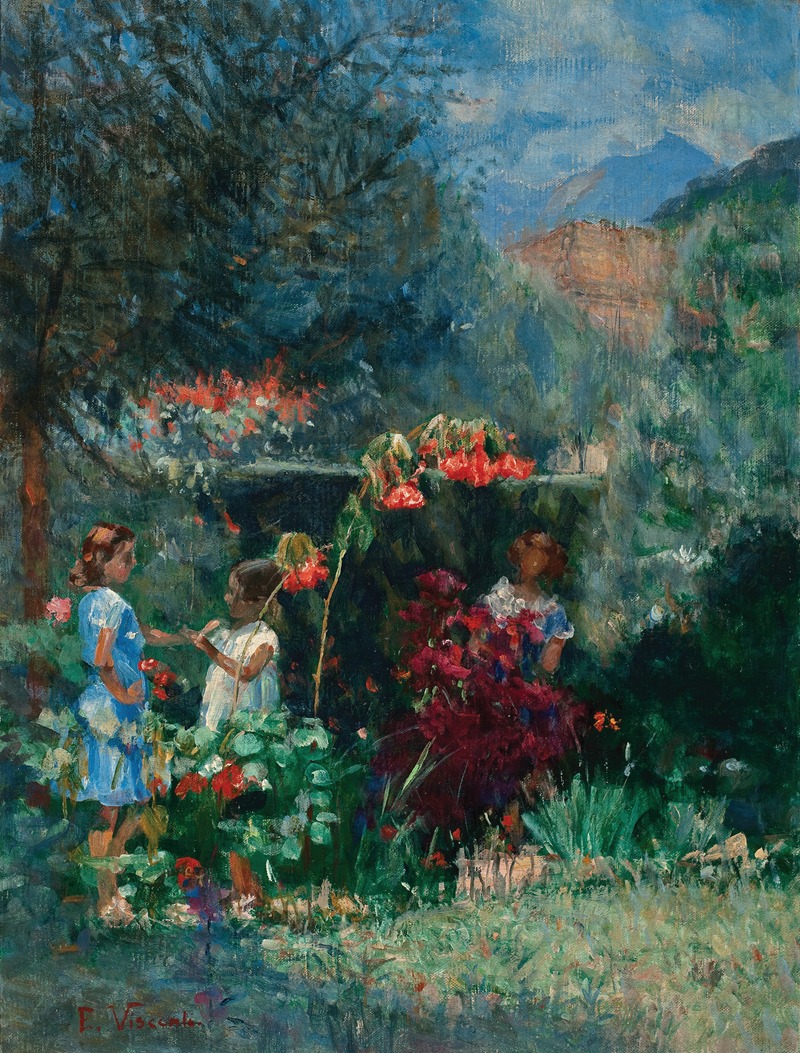
Três meninas no jardim
A hand-painted replica of Eliseu Visconti’s masterpiece Três meninas no jardim, meticulously crafted by professional artists to capture the true essence of the original. Each piece is created with museum-quality canvas and rare mineral pigments, carefully painted by experienced artists with delicate brushstrokes and rich, layered colors to perfectly recreate the texture of the original artwork. Unlike machine-printed reproductions, this hand-painted version brings the painting to life, infused with the artist’s emotions and skill in every stroke. Whether for personal collection or home decoration, it instantly elevates the artistic atmosphere of any space.
"Três meninas no jardim" (Three Girls in the Garden) is a painting by the Brazilian artist Eliseu Visconti. Visconti, born on July 30, 1866, in Salerno, Italy, and later becoming a naturalized Brazilian, is recognized as one of the most significant figures in Brazilian art history. He is known for his contributions to the Impressionist movement in Brazil and his role in the development of Brazilian modern art.
The painting "Três meninas no jardim" is an exemplary work that showcases Visconti's skill in capturing light and color, hallmarks of the Impressionist style. The artwork depicts three young girls in a lush, verdant garden, surrounded by an array of blooming flowers and greenery. The scene is bathed in natural light, which Visconti masterfully renders to create a sense of warmth and tranquility.
Visconti's use of color in "Três meninas no jardim" is particularly noteworthy. He employs a vibrant palette to bring the garden to life, with various shades of green for the foliage and bright, contrasting colors for the flowers. The girls' dresses are painted in soft, pastel hues, which harmonize with the surrounding environment and add to the overall serene atmosphere of the painting.
The composition of the painting is carefully balanced, with the three girls positioned in a way that guides the viewer's eye through the scene. Visconti's attention to detail is evident in the delicate rendering of the flowers and the subtle play of light and shadow on the girls' faces and clothing. This meticulous approach helps to create a sense of depth and realism, drawing the viewer into the idyllic garden setting.
Eliseu Visconti's background and training played a significant role in his artistic development. He studied at the Liceu de Artes e Ofícios and the Imperial Academy of Fine Arts in Rio de Janeiro, where he was exposed to various artistic styles and techniques. In 1892, he traveled to Europe to further his studies, attending the École des Beaux-Arts in Paris and working under the tutelage of prominent artists such as Henri Gervex and Eugène Grasset. This European influence is evident in Visconti's work, particularly in his adoption of Impressionist techniques and his emphasis on capturing the effects of light and color.
"Três meninas no jardim" is a testament to Visconti's ability to blend European artistic traditions with his own unique vision, creating works that resonate with both Brazilian and international audiences. The painting reflects his deep appreciation for nature and his skill in portraying the beauty of everyday life.
Eliseu Visconti's contributions to Brazilian art extend beyond his paintings. He was also a prolific designer and illustrator, creating posters, book covers, and other graphic works that showcased his versatility as an artist. His legacy is preserved in numerous collections and museums, including the Museu Nacional de Belas Artes in Rio de Janeiro, which houses many of his works.
In summary, "Três meninas no jardim" by Eliseu Visconti is a beautiful example of Brazilian Impressionism, capturing the essence of a serene garden scene with masterful use of color and light. Visconti's background and training, combined with his unique artistic vision, have cemented his place as a key figure in the history of Brazilian art.





